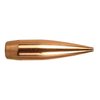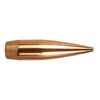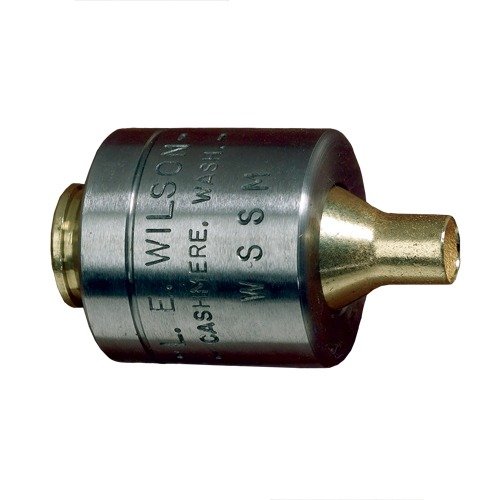Odkryj wyjątkowe pociski HYBRID TARGET 30 CALIBER!
Pociski HYBRID TARGET 30 CALIBER (0.308") od marki BERGER BULLETS to połączenie innowacyjnej technologii i doskonałej wydajności. Dzięki hybrydowemu projektowi, pociski te łączą w sobie najlepsze cechy dwóch różnych kształtów w nosie.
Opis produktu
Na końcu powierzchni nośnej zaczyna się sekcja tangensowa ogiva, co sprawia, że pocisk jest znacznie mniej wrażliwy na głębokość osadzenia. W miarę przesuwania się wzdłuż tangensowej części, kształt zmienia się w ogivę secantową (kształt stosowany w pociskach VLD). Ten kształt jest niezwykle efektywny w wietrze, co przyczyniło się do popularności pocisków VLD.
Kluczem do sukcesu jest nie tylko połączenie tych dwóch kształtów, ale także współpraca między balistykami a producentami pocisków. Główny balistyk Berger’a, Bryan Litz, wykorzystuje swoje doświadczenie, aby połączyć odpowiednie kształty dla optymalnej wydajności.
Specyfikacje
- Nazwa produktu: HYBRID TARGET 30 CALIBER (0.308") HYBRID BOAT TAIL BULLETS
- Model: 200.20X HYBRID BT
- Opakowanie: 500/BX
Wybierz pociski HYBRID TARGET 30 CALIBER i doświadcz różnicy w swojej strzelaninie!
Bergers Hybrid design blends the best of both worlds by incorporating two different shapes within the nose. As the bearing surface ends, a tangent ogive begins. This tangent section of the ogive results in the bullet being much less sensitive to seating depth. As you move forward along the tangent portion, the shape changes into a secant ogive (the shape used on the VLD bullets). This shape is very efficient in the wind and is why the VLD became so popular. The key to all this is not just the combining of these two shapes but also the partnership between the ballistician and the bullet maker. Berger’s Chief Ballistician, Bryan Litz uses his expertise to combine the appropriate shapes for optimum performance.


















